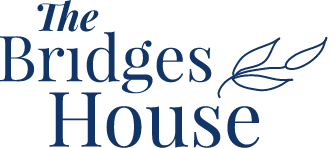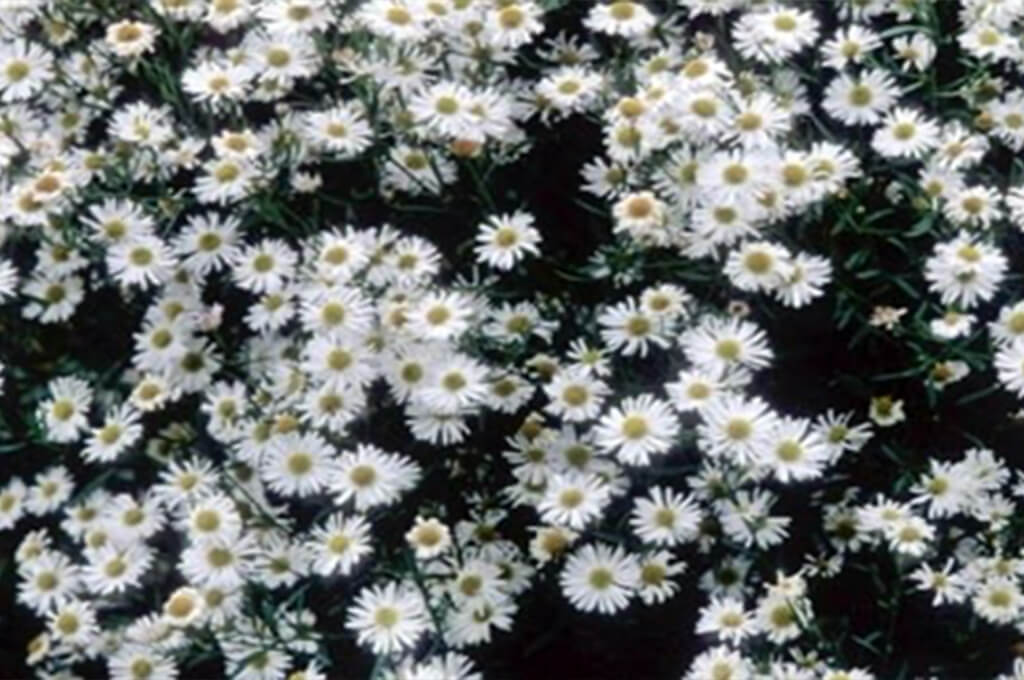Garden Plants 
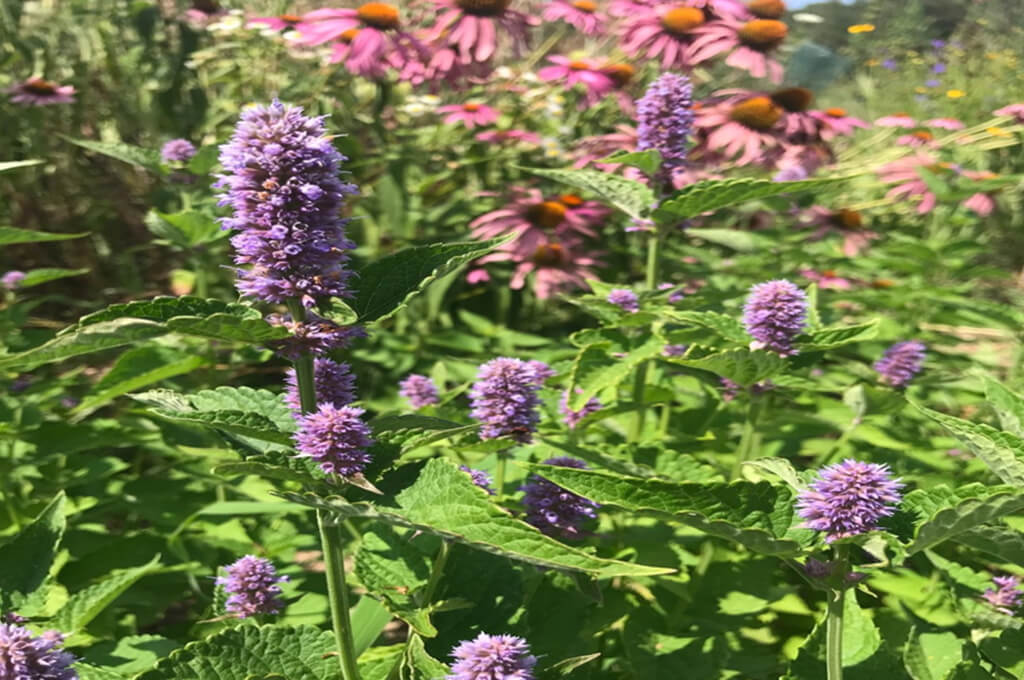
Anise Hyssop
Agastache foeniculum
Many bees and butterflies, as well as hummingbirds, visit to feed on the nectar and pollen rich blooms. Songbirds will eat the seeds later in the season.
Native

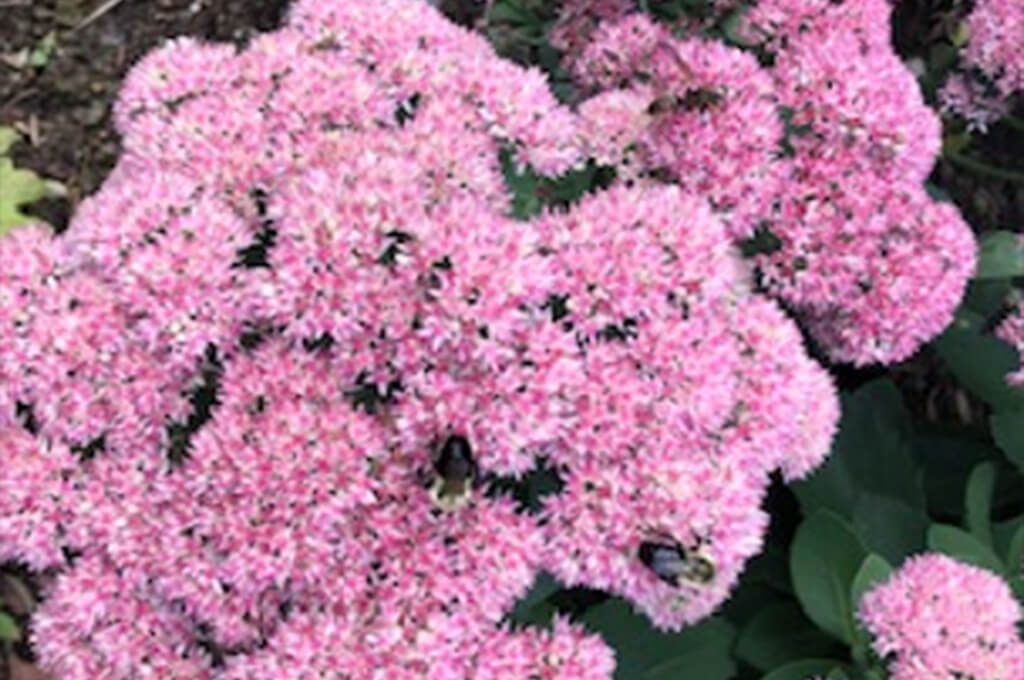
Autumn Joy Sedum
Hylotelephium spectabile
The late summer blooms of Sedum provide food for pollinators going into winter.
Non-Native

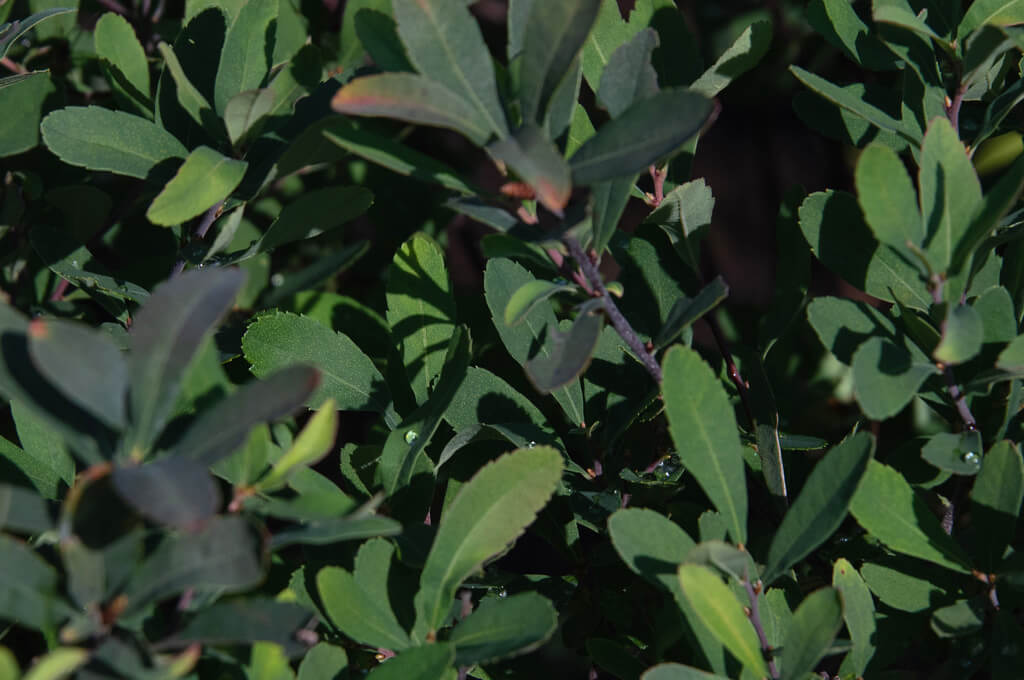
Bayberry
Morella pensylvanica
Many bird species are attracted to the fruits and use the shrub for shelter.
Native

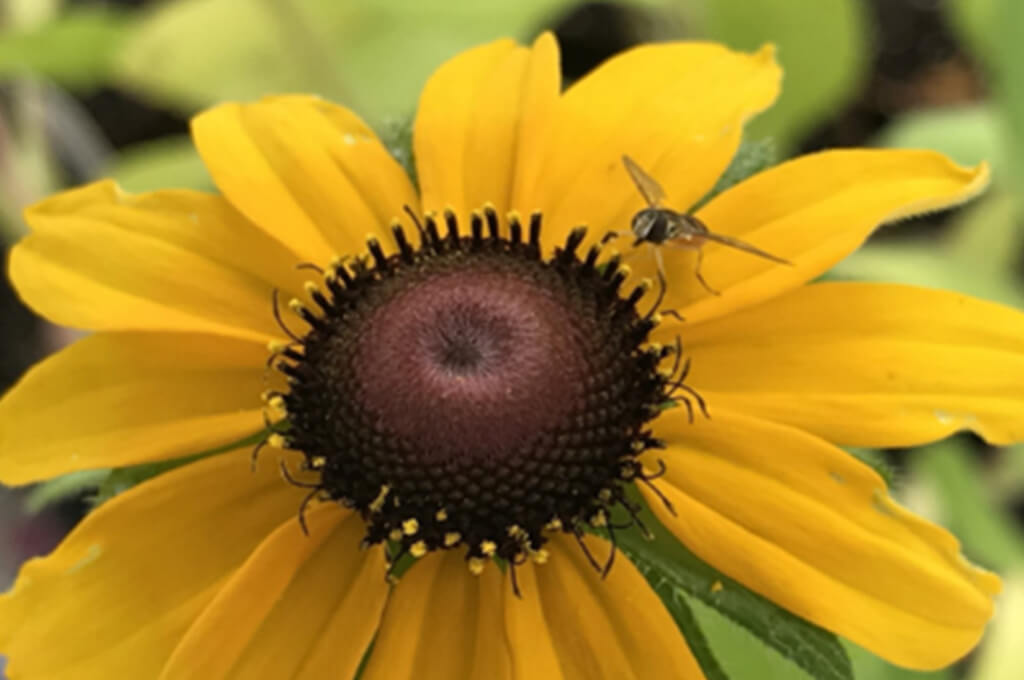
Black Eyed Susan
Rudbeckia hirta
Black Eyed Susans attract bees, butterflies, and birds and act as a host plant for the Silvery Checkerspot Butterfly and the Wavy-Lined Emerald.
Native


Blue Flag Iris
Iris Versicolor
This plant attracts bees, butterflies and hummingbirds
Native

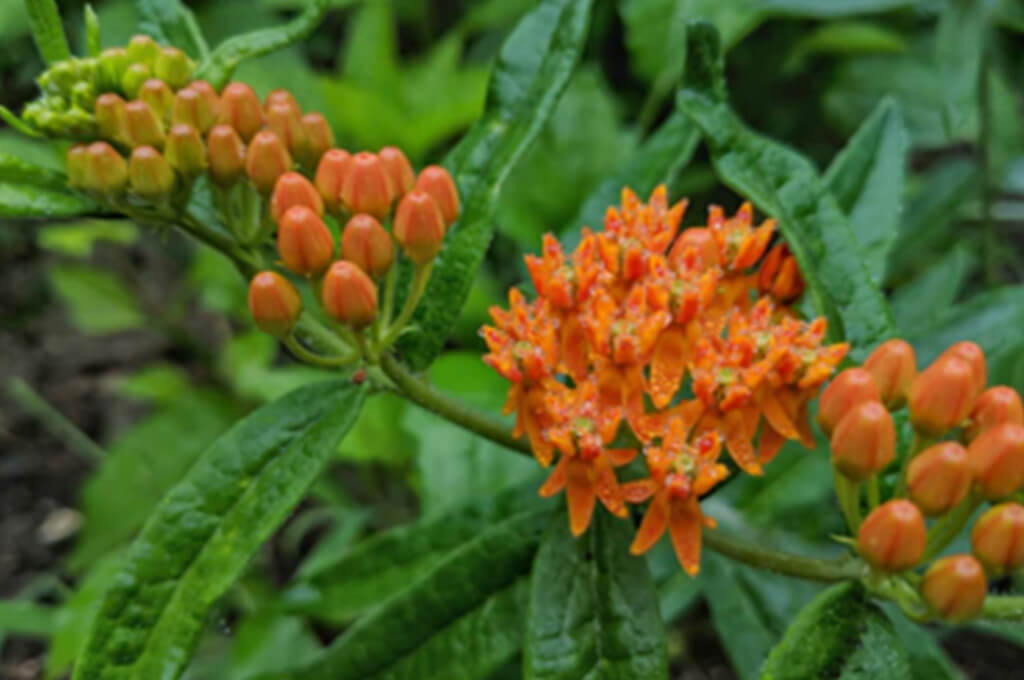
Butterfly Weed
Ascelpias tuberosa
Drought tolerant and low maintenance, this plant is host plant to monarchs and is a great source of nectar for other pollinators.
Native

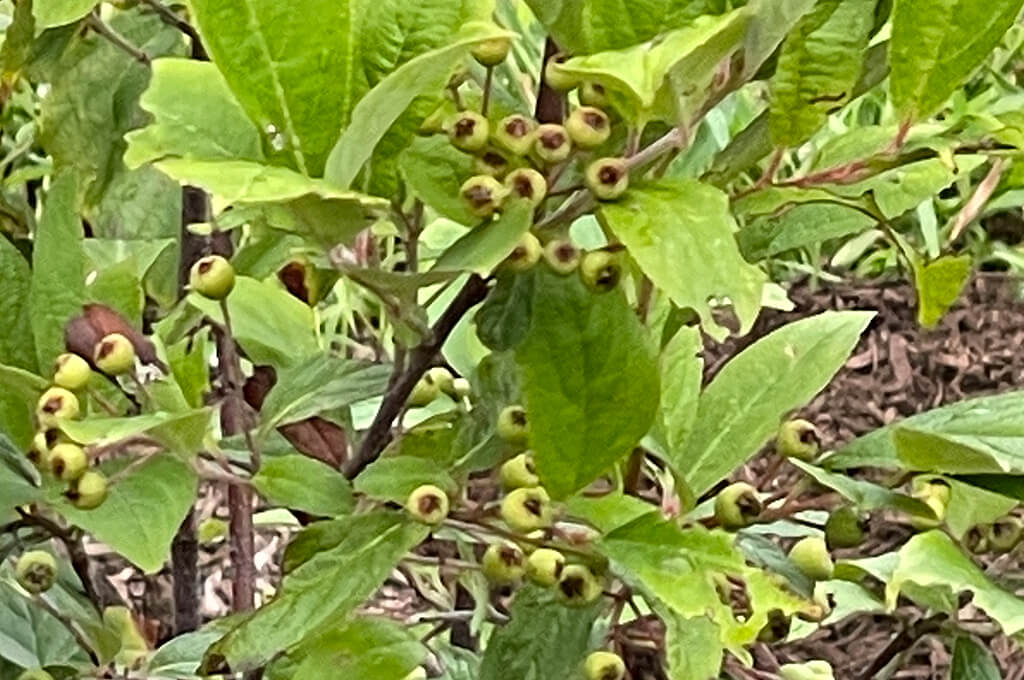
Choke Cherry
Prunus virginiana
Flowers and fruit attract birds and butterflies. Chokecherry is also a food source for small mammals.
Native

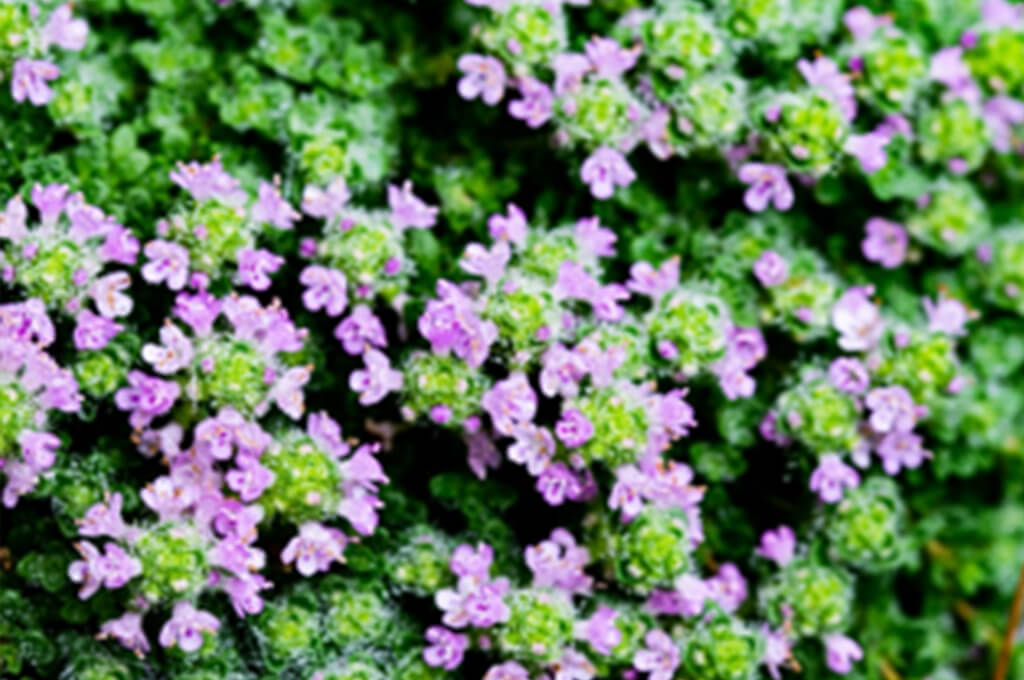
Common Thyme
Thymus vulgaris
Small specialist insects are attracted to thyme. It may have antibacterial and antifungal properties that are beneficial for pollinators as well.
Non-Native


Cranesbill
Geranium maculatum
Highly attractive to butterflies. Seeds attract Mourning Doves, Bobwhite Quail, and White-tailed Deer. Special Value to Native Bees (Recognized by pollination ecologists as attracting large numbers of native bees.) Special Value to Bumble Bees.
Native

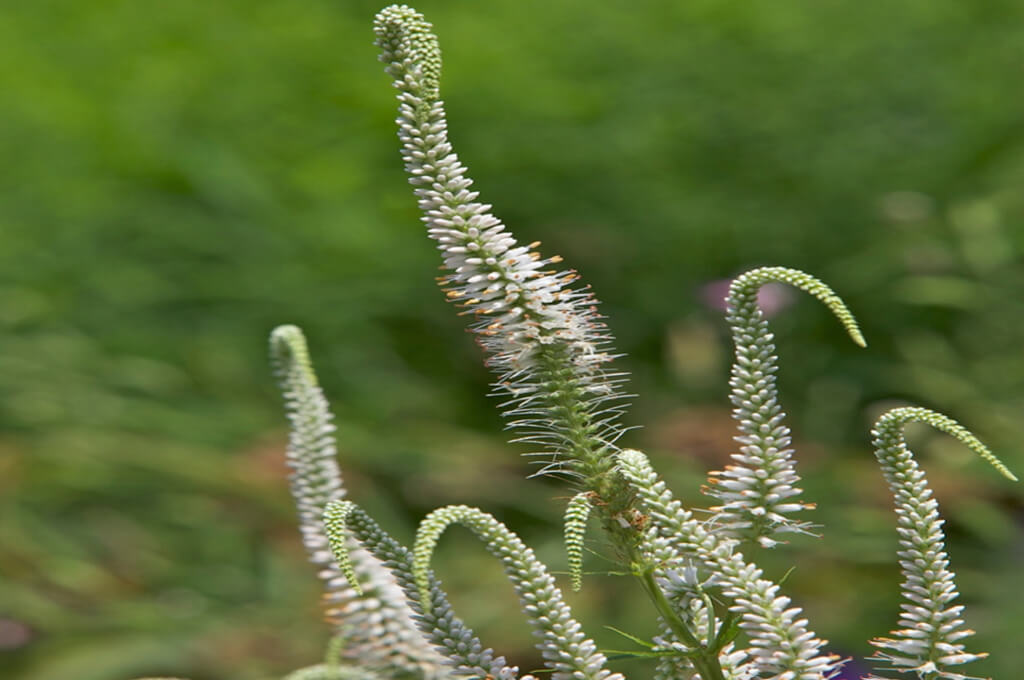
Culver's Root
Veronicastrum virginicum
Culver’s Root attracts bees and butterflies.
Native

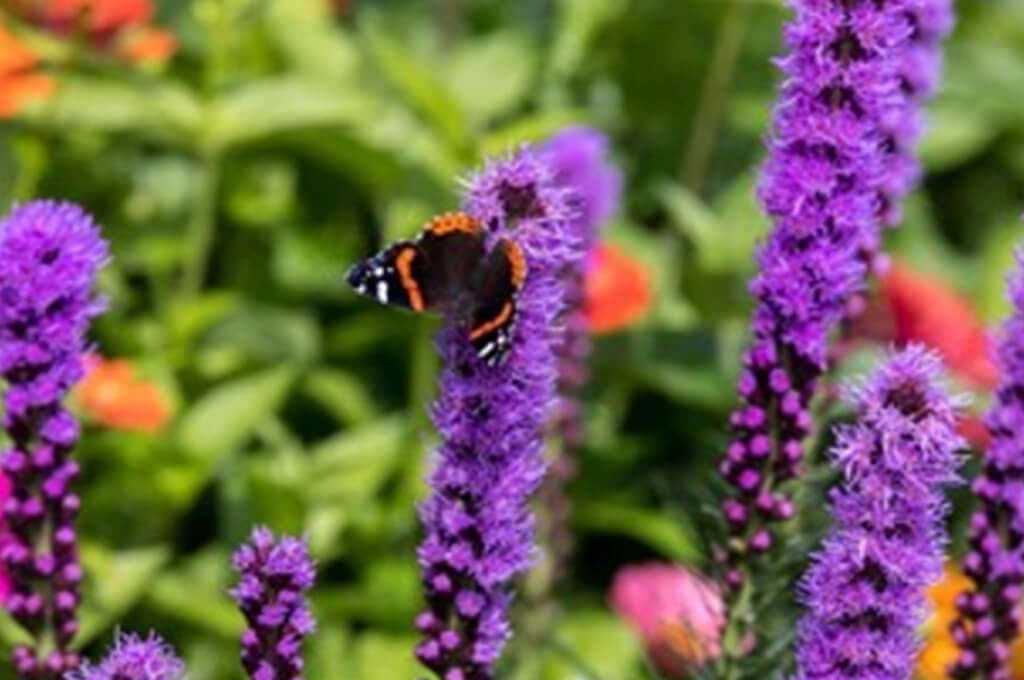
Dense Blazingstar
Liatris Spicata
Liatris attracts bees, butterflies, and hummingbirds.
Native

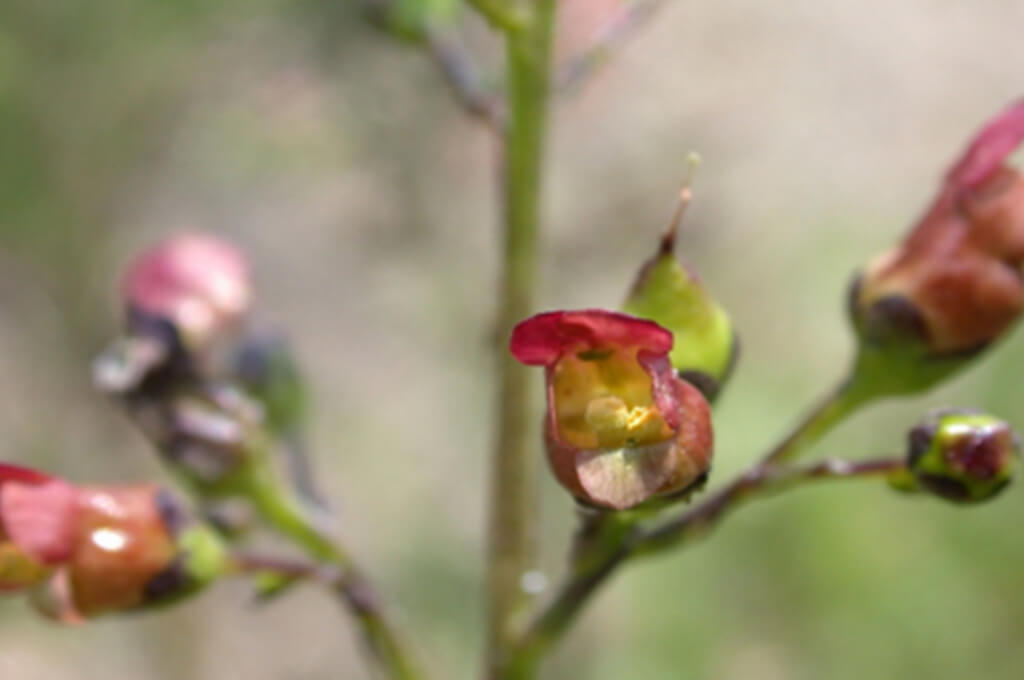
Early Figwort
Scrophularia lanceolata
One of the best species for attracting butterflies, bees, other insects and birds – especially the Ruby-throated Hummingbird!
Native

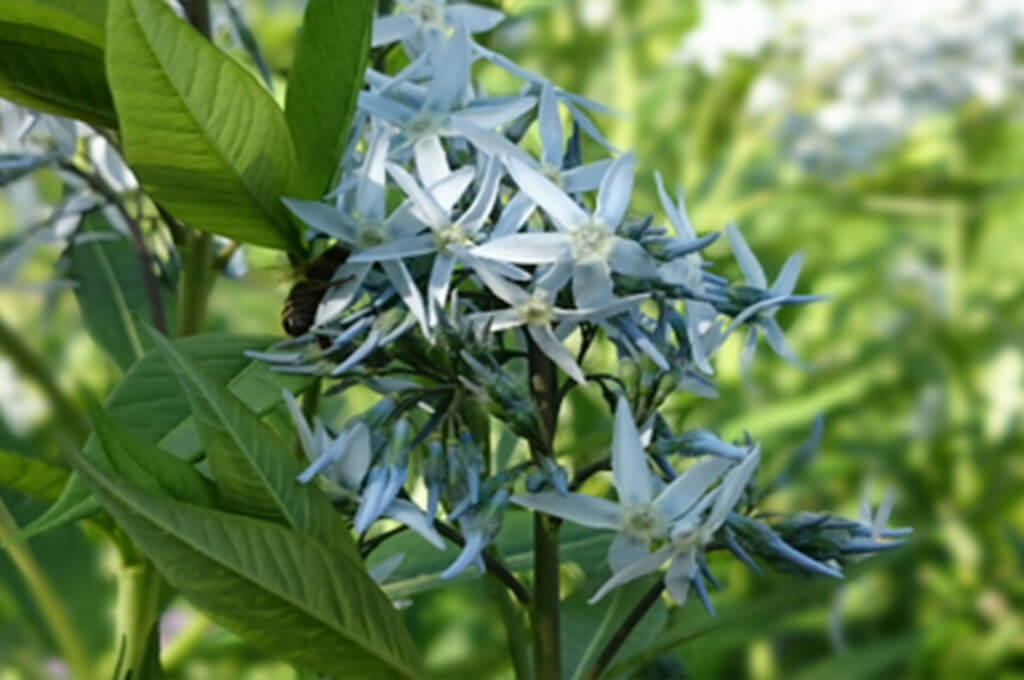
Eastern Bluestar
Amsonia tabernaemontana
The flowers attract various long-tongued insects, including the Large Carpenter Bee, hummingbirds, hummingbird moths, and other bees and butterflies.
Native

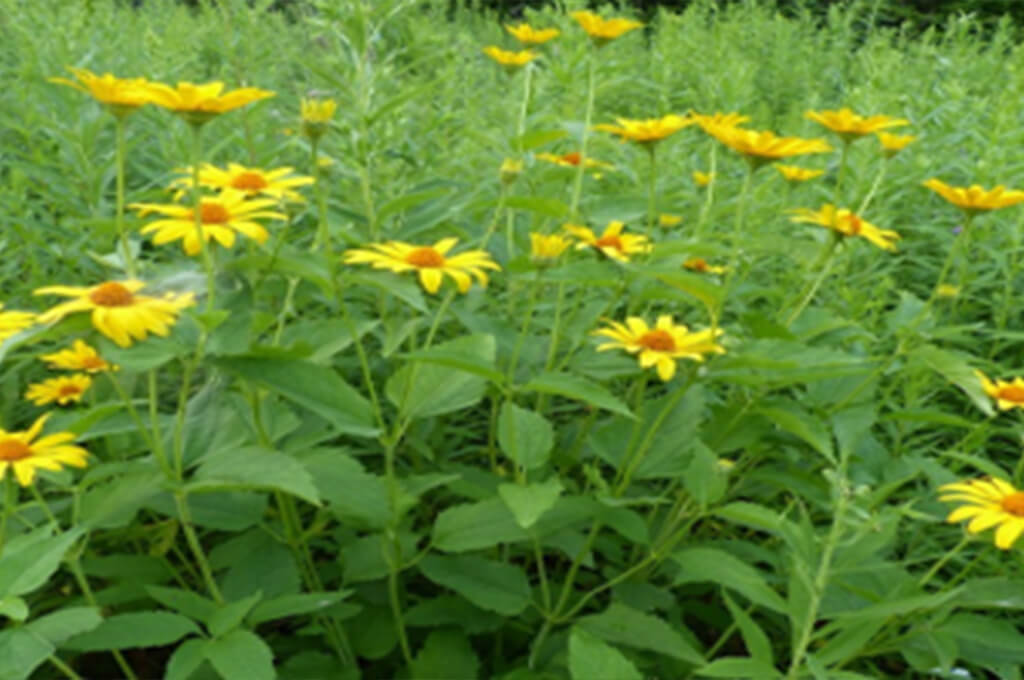
False Sunflower
Heliopsis helianthoides
The nectar of Heliopsis attracts butterflies and other pollinators. Birds utilize the seed as a food source, and stems provide winter cover for beneficial insects.
Native

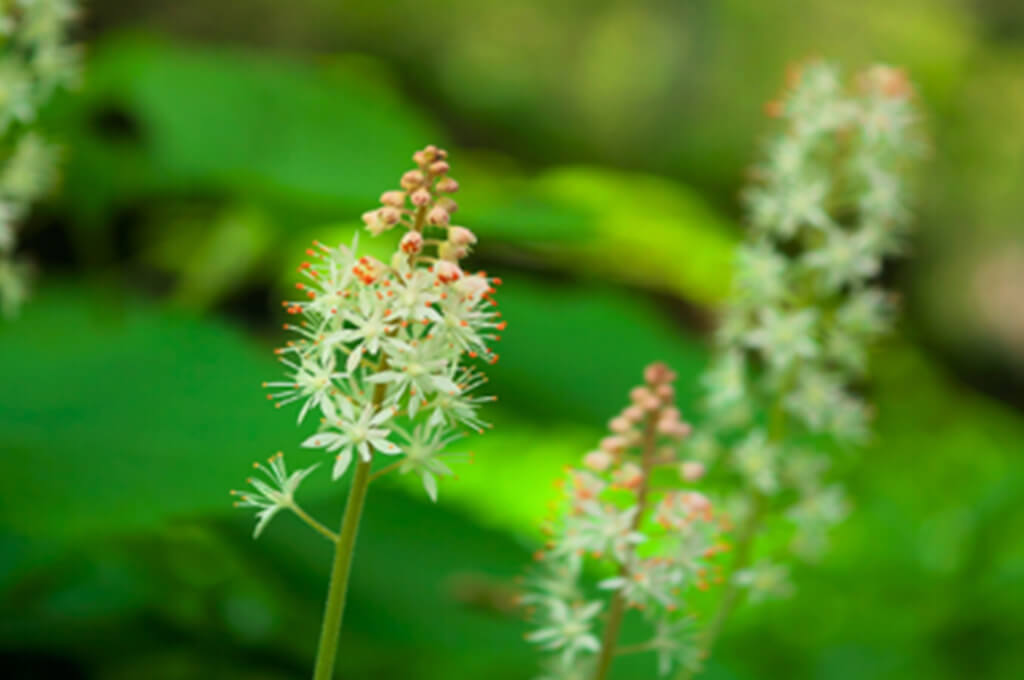
Foam Flower
Tiarella cordifolia
One of the first foods for bees and butterflies in the spring.
Native

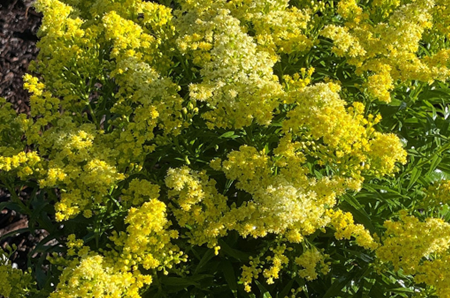
Goldenrod
Solidago x ‘Little Lemon’
Goldenrod is highly attractive to butterflies and bees. While it is often blamed for seasonal allergies that is a myth. The pollen of the goldenrod is heavy and does not float on the air, the real culprit is the ragweed which blooms at the same time.
Native Cultivar

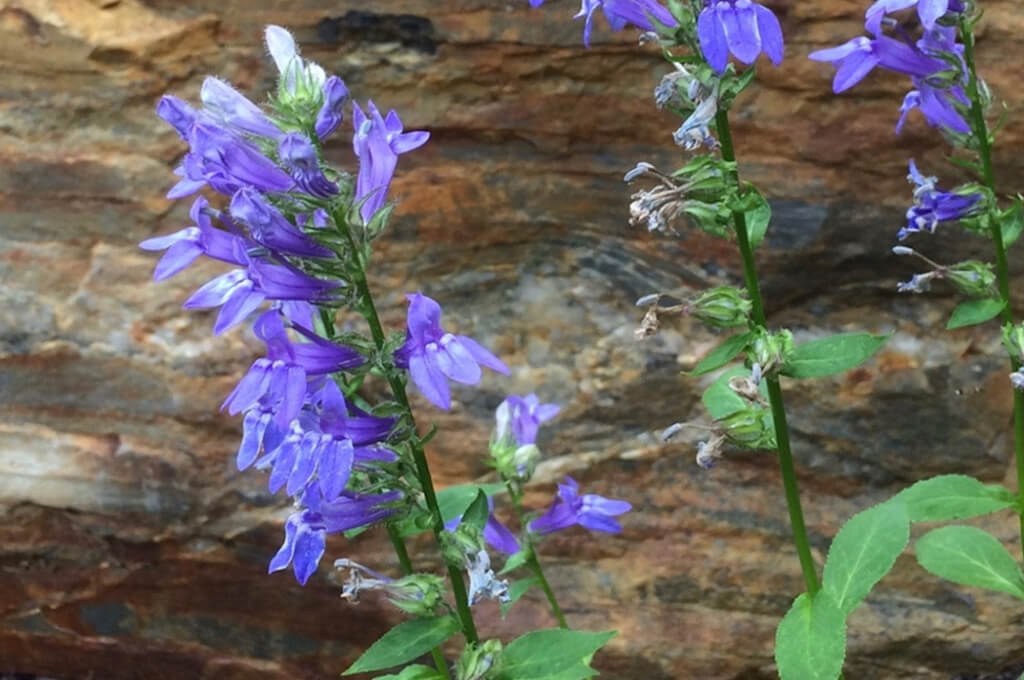
Great Blue Lobelia
Lobelia siphilitica
Lobelia is very popular with bees, birds, butterflies, and hummingbirds.
Native

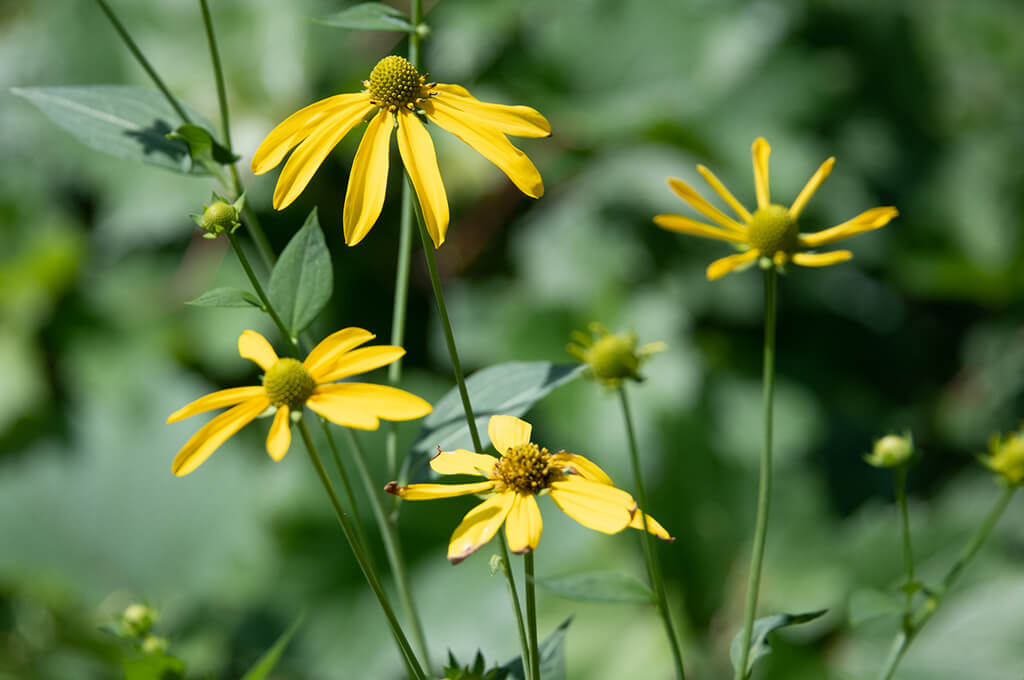
Green Headed Coneflower
Rudbekia laciniata
The nectar and pollen of this plant attract butterflies and bees. Songbirds, especially American Goldfinches, eat the seed in the fall.
Native

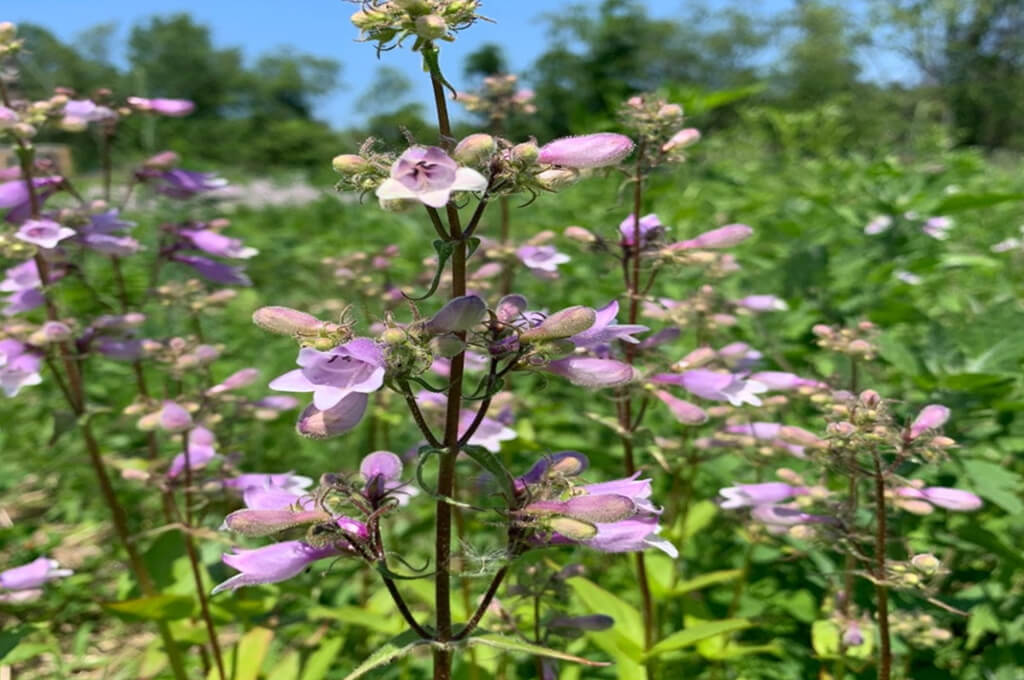
Hairy Beardtongue
Penstemon hirsutus
Hairy Beardtongue attracts bees, butterflies, and hummingbirds, as well as acting as a host plant for the Baltimore Checkerspot.
Native

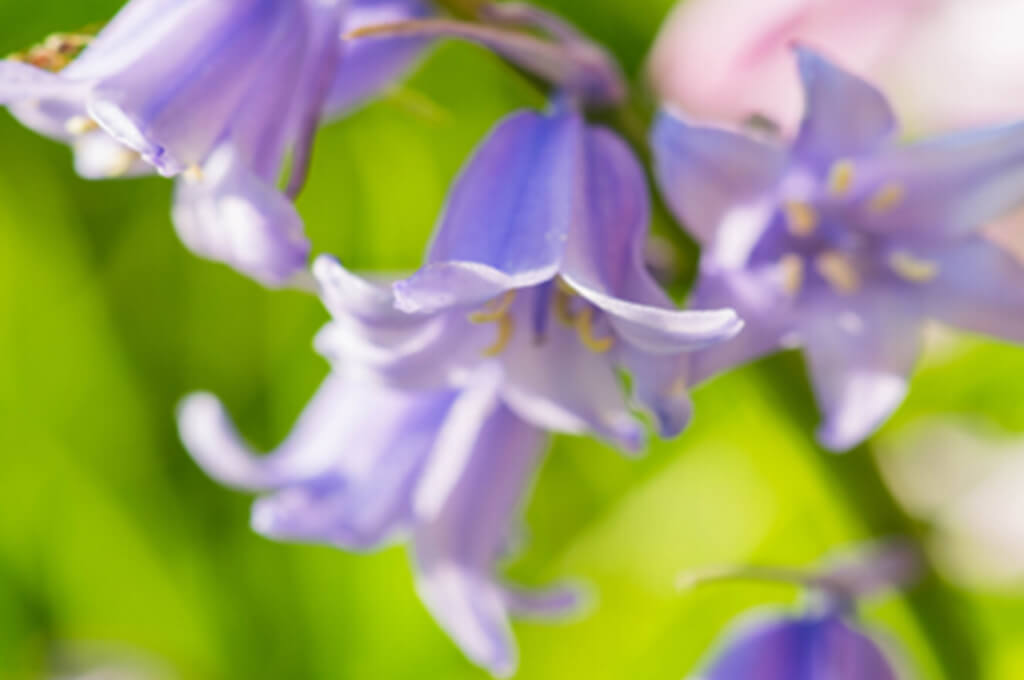
Harebell
Campanula rotundifolia
Harebells attract bees, butterflies, and hummingbirds.
Native

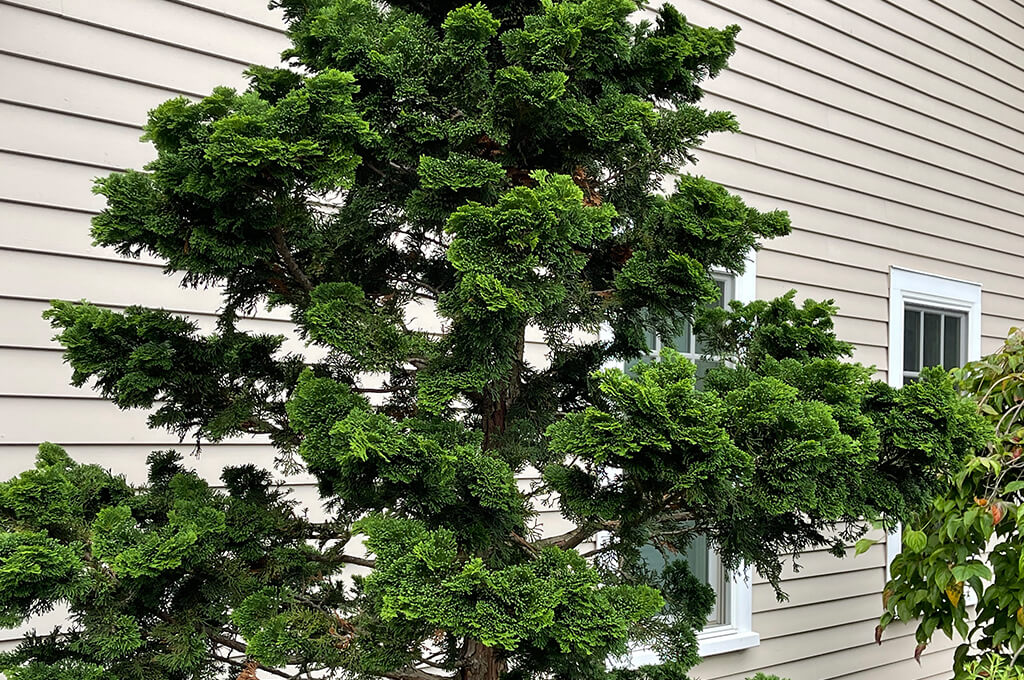
Hinoki Cypress
Chamaecyparis obtuse
Native to Japan, this tree was in the garden prior to the pollinator garden. It does not provide for pollinators or birds.
Non-Native

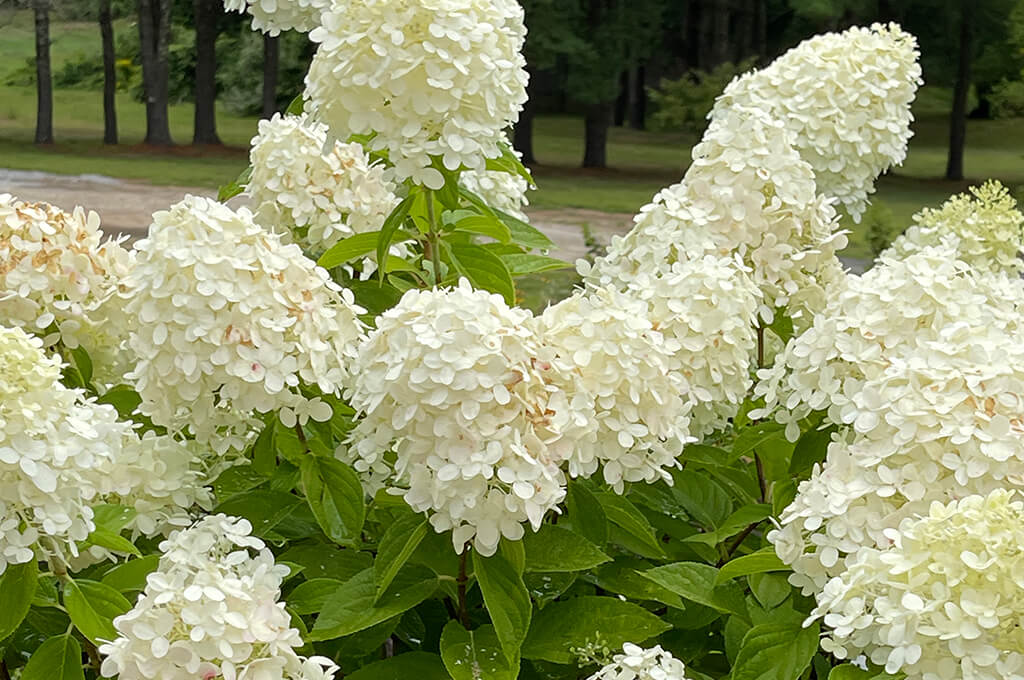
Hydrangea Tree Limelight
Hydrangeo paniculata
Some cultivars of this shrub are fragrant and attractive to bees.
Non-Native

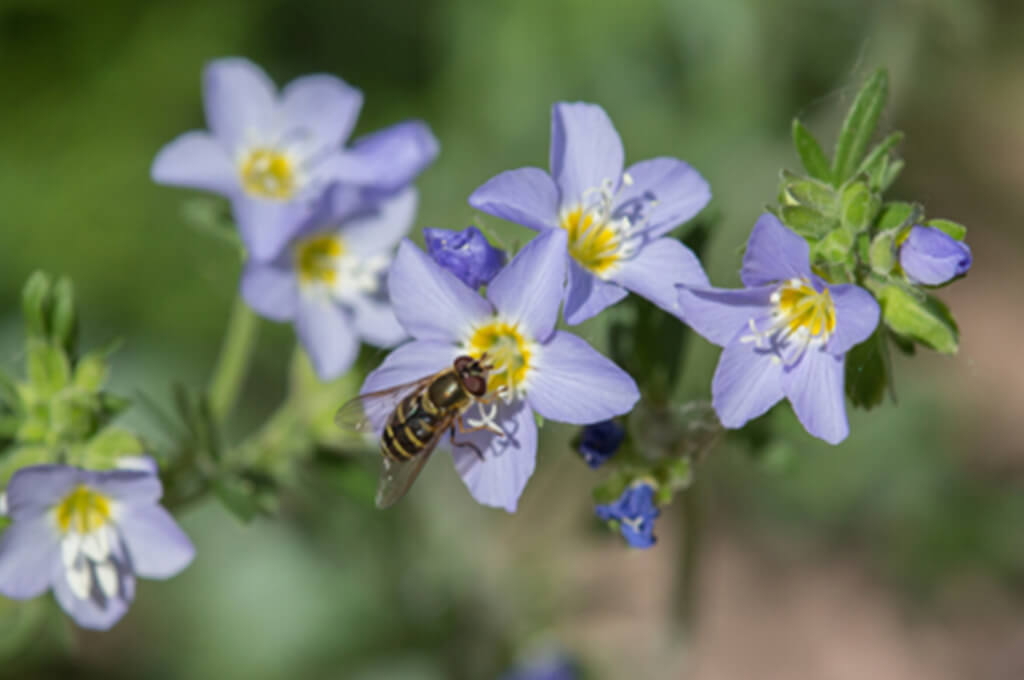
Jacob's Ladder
Polemonium reptans
Jacob’s Ladder attracts bees and butterflies to its pale purple flowers.
Native


Japanese Meadowsweet
Spiraea japonica
Midsummer flowers are attractive to butterflies.
Non-Native

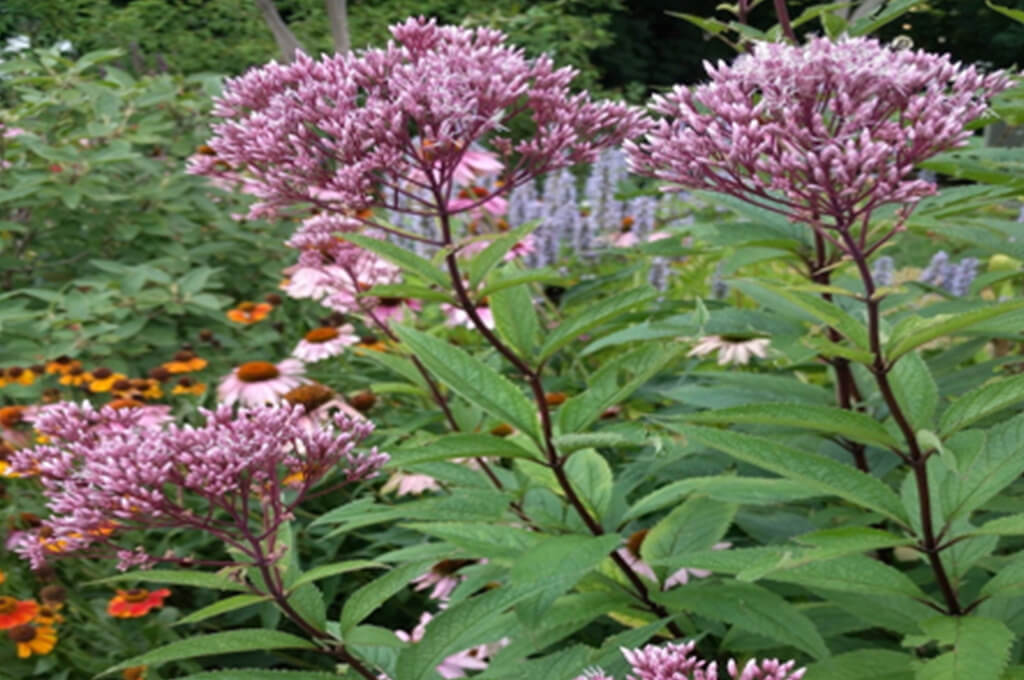
Joe Pye Weed
Eutrochium purpureum
Joe Pye Weed is a host plant for the Eupatorium Borer Moth and the Three Lined Flower Moth. It also attracts bees, butterflies, and songbirds.
Native


Kousa Dogwood
Cornus kousa
Native to Asia. The fruit are attractive to various small mammals, fox, bear, skunks, beavers as well as birds.
Non-Native

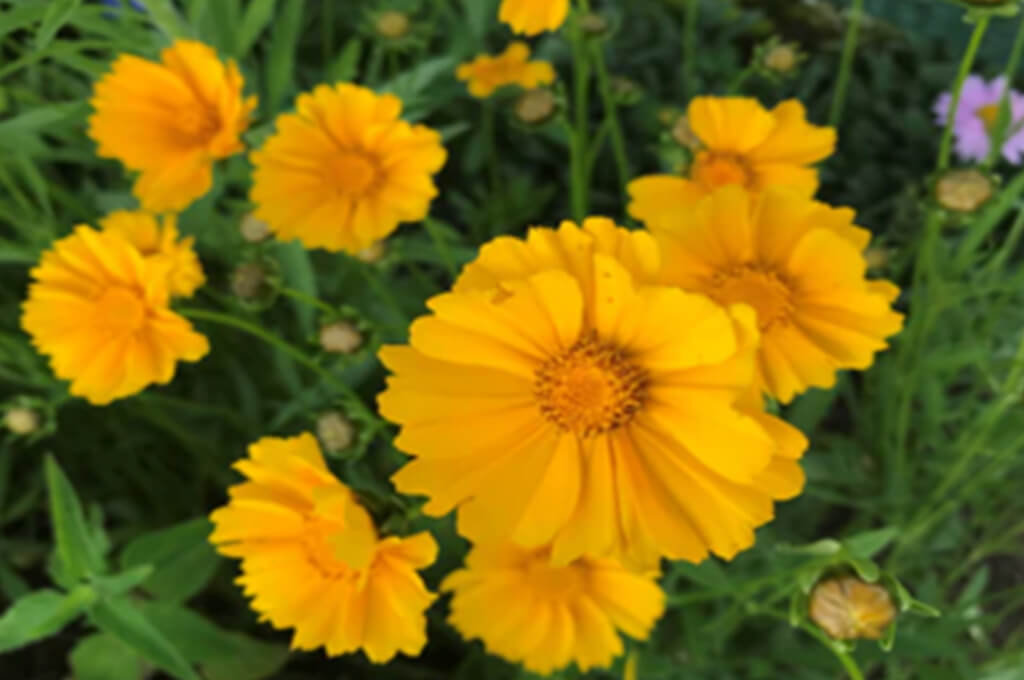
Lanceleaf Coreopsis
Coreopsis Lanceolata
This drought tolerant plant thrives in poor soil and attracts bees and butterflies.
Native

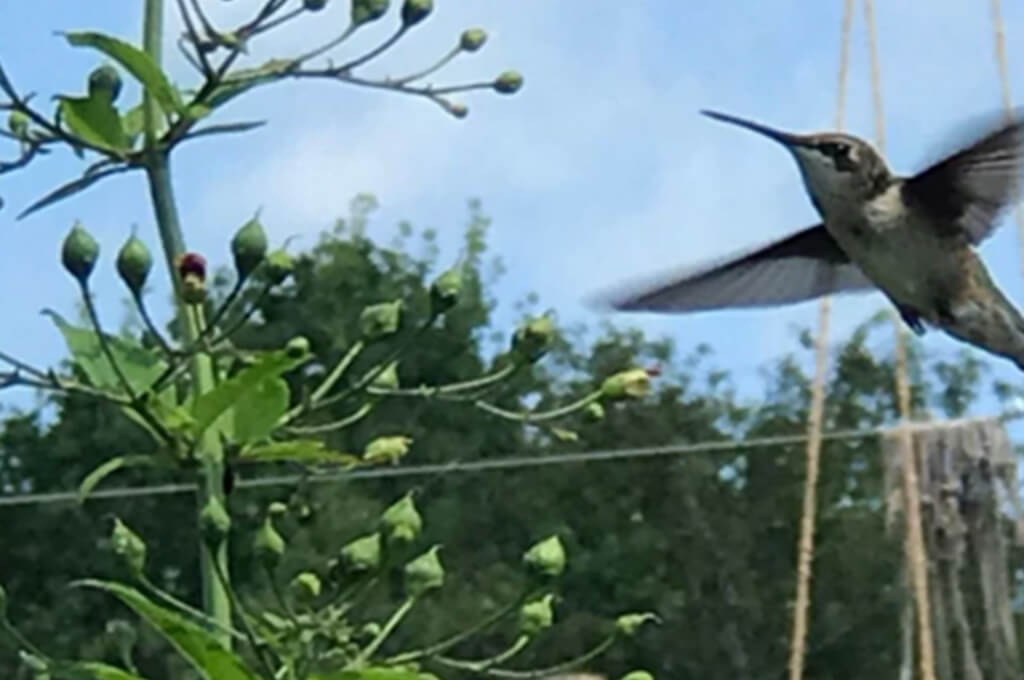
Late Figwort
Scrophularia marilandica
The Figworts are an excellent nectar source for attracting native butterflies and bees. They are also favored by the Ruby-throated Hummingbird.
Native

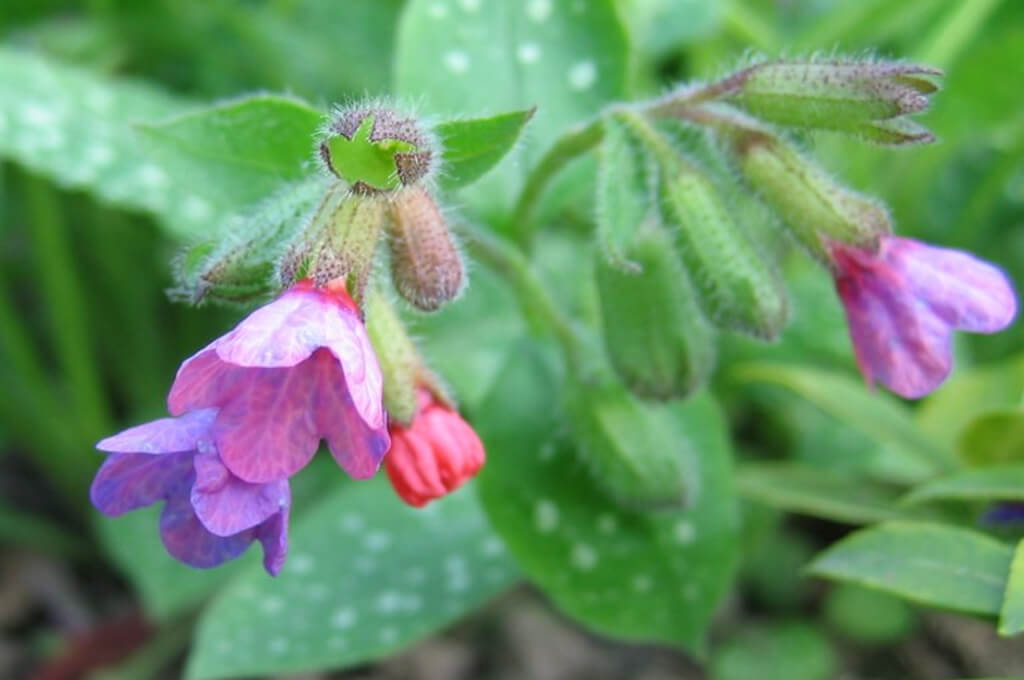
Lungwort
Pulmonaria officinalis
Hummingbirds are attracted to this colorful shade plant with tube shaped flowers. Bees are also attracted to this plant.
Non-Native

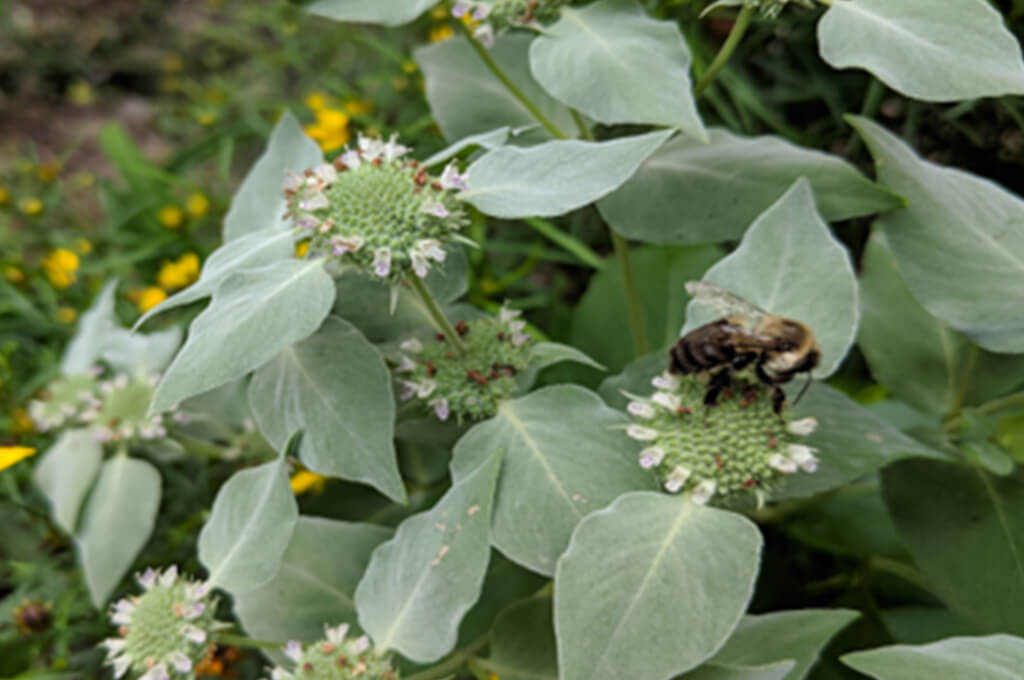
Mountain Mint
Pycnanthemum virginianum
Mountain Mint is a host plant for the Regal Fritillary, the Delaware Skipper, the Hermit Sphinx, the Curved Tooth Geometer, and the Tobacco Budworm Moth. Bees and butterflies are attracted to its flowers.
Native

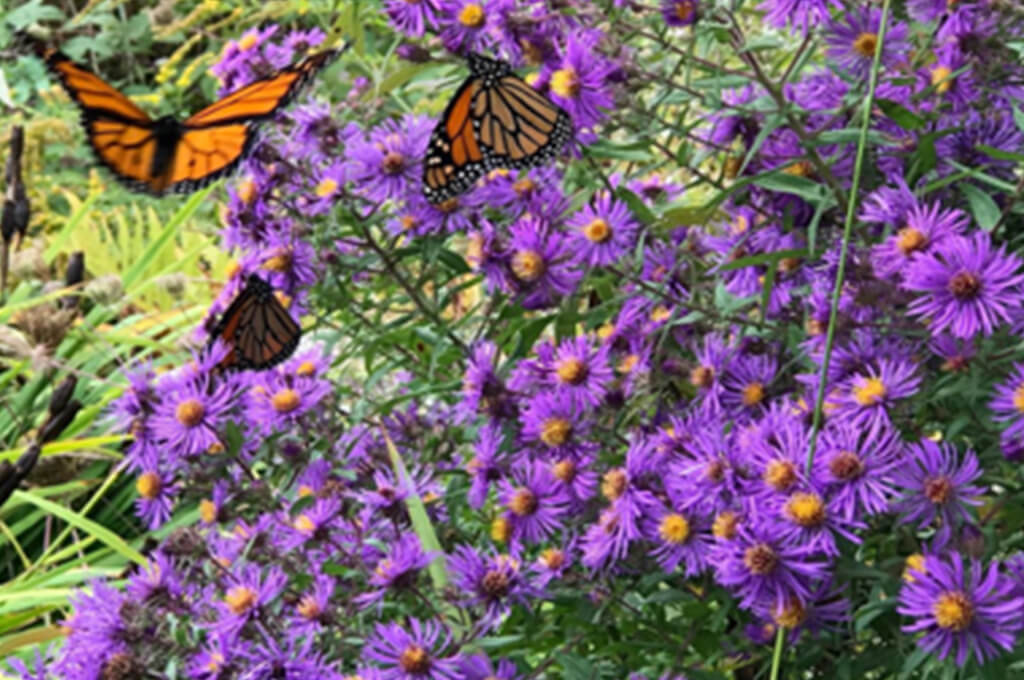
New England Aster
Symphyotrichum novae-angliae
Bright purple Aster flowers attract bees and butterflies, while its foliage is food for the Pearl Crescent, Hoffman’s Cochlid Moth, the Pale Banded Dart, and Clemens Clepsis Moth.
Native

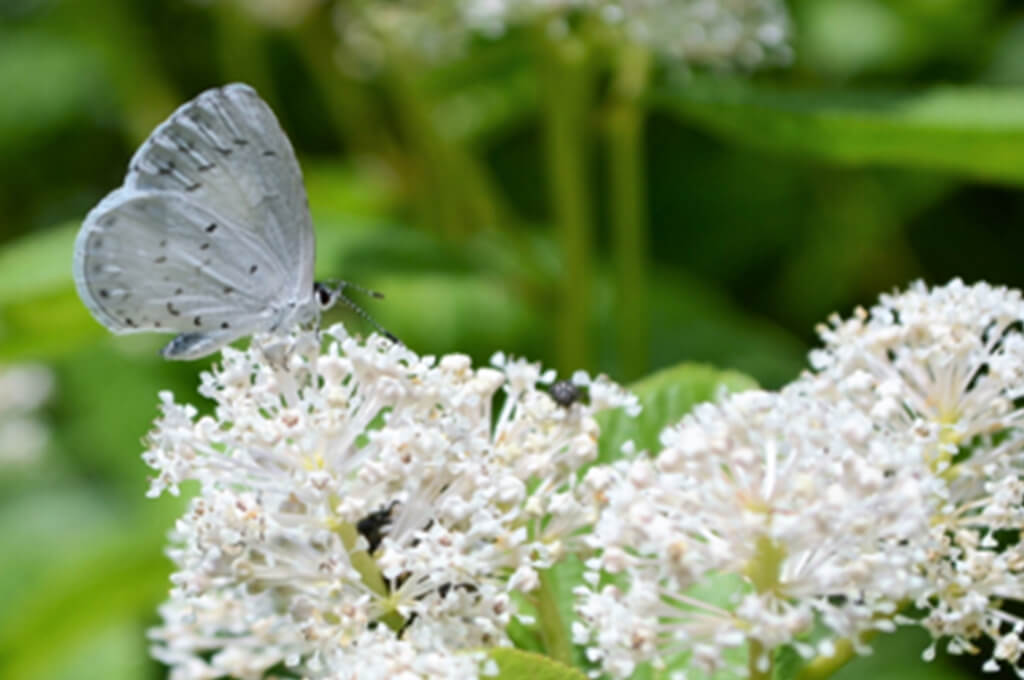
New Jersey Tea
Ceanothus americanus
White flowers attract bees, butterflies, and hummingbirds. New Jersey Tea is a host plant for the Spring Azure, the Summer Azure, and the Mottled Duskywing.
Native

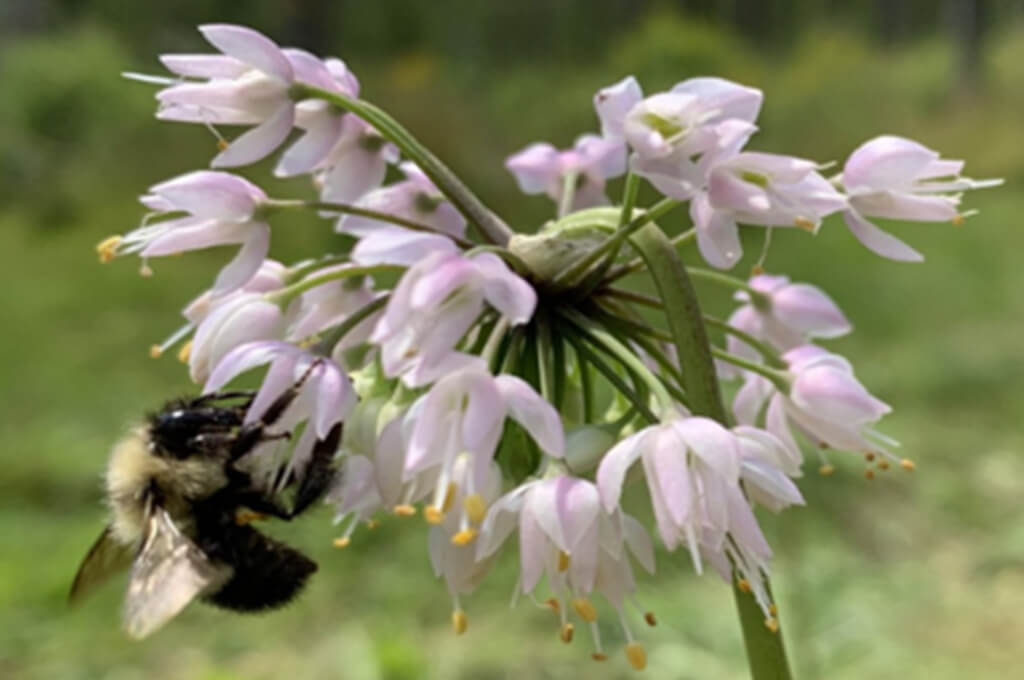
Nodding Onion
Allium cernuum
Nodding Onions bring bees, butterflies, and hummingbirds to the garden.
Native

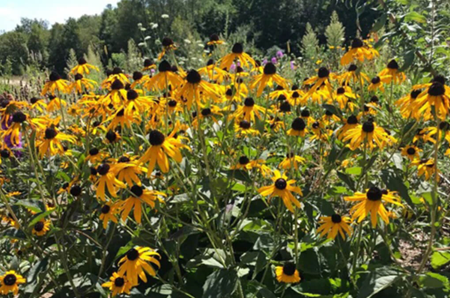
Orange Coneflower
Rudbeckia fulgida
Attractive to birds and of special Value to Native Bees (Recognized by pollination ecologists as attracting large numbers of native bees.)
Native

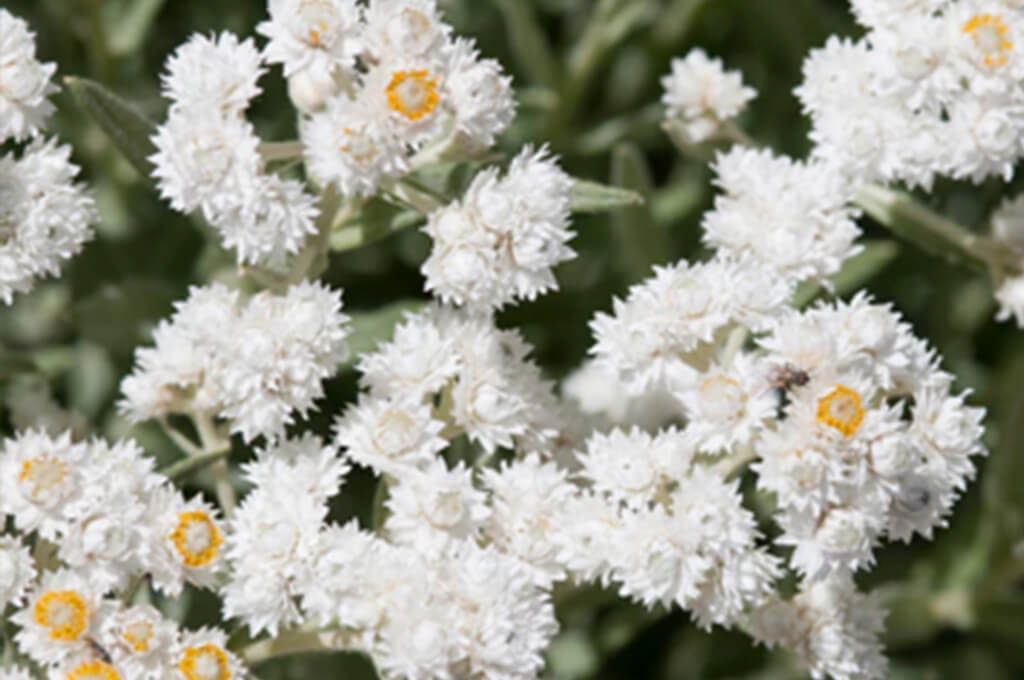
Pearly Everlasting
Anaphalis margaritacea
Pearly Everlasting is a host plant for several moths. It also attracts bees and butterflies.
Native

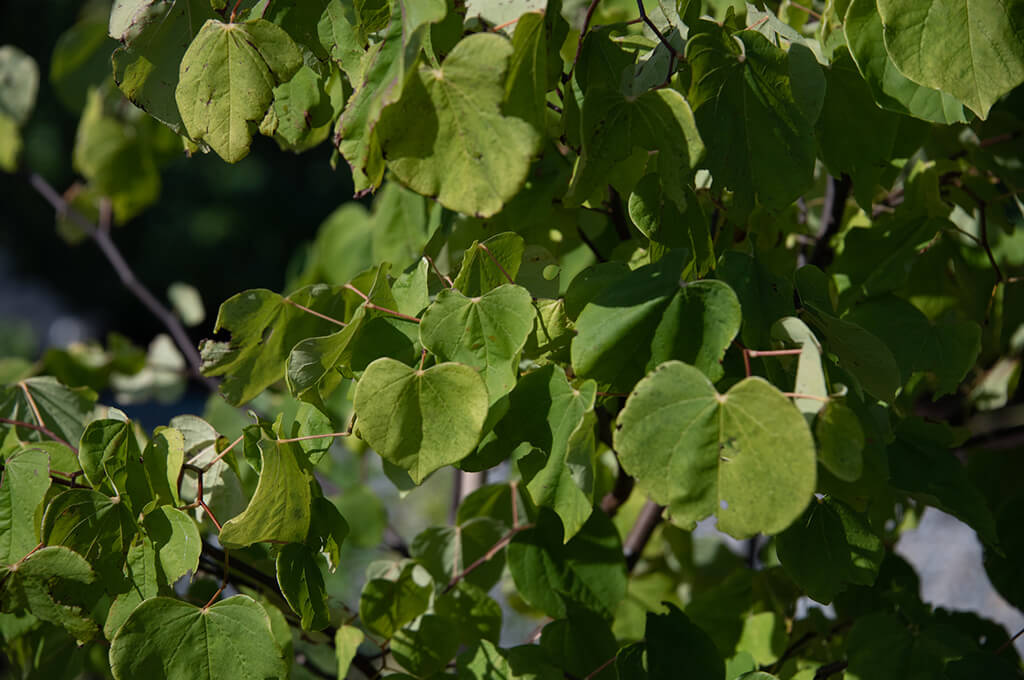
RedBud
Cercis canadensis
Red Buds attract honeybees, bumblebees, mason bees, cuckoo bees, long-horned bees, mining bees, and sweat bees, as well as butterflies and caterpillars.
Native

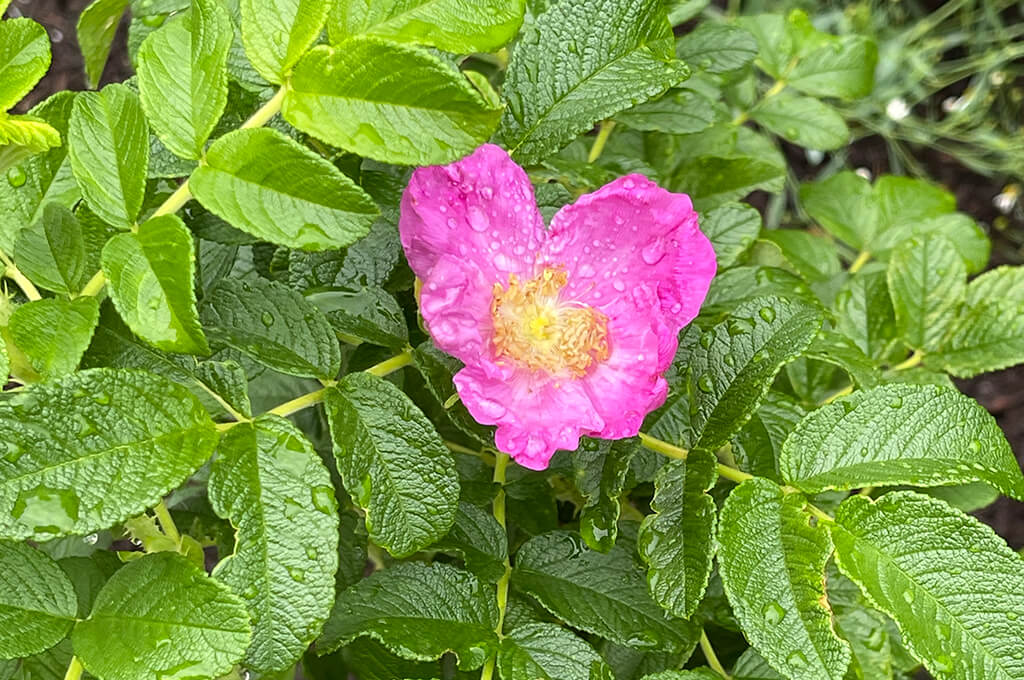
Rugosa Rose
Rosa rugosa
Also known as beach rose. This species was in the garden prior to the pollinator garden being put in and has the potential to be invasive. It does attract birds and butterflies
Non-Native


Sargent Crabapple
Malus sargentii ‘Tina’
Crab apples attract birds, including hummingbirds and butterflies.
Non-Native

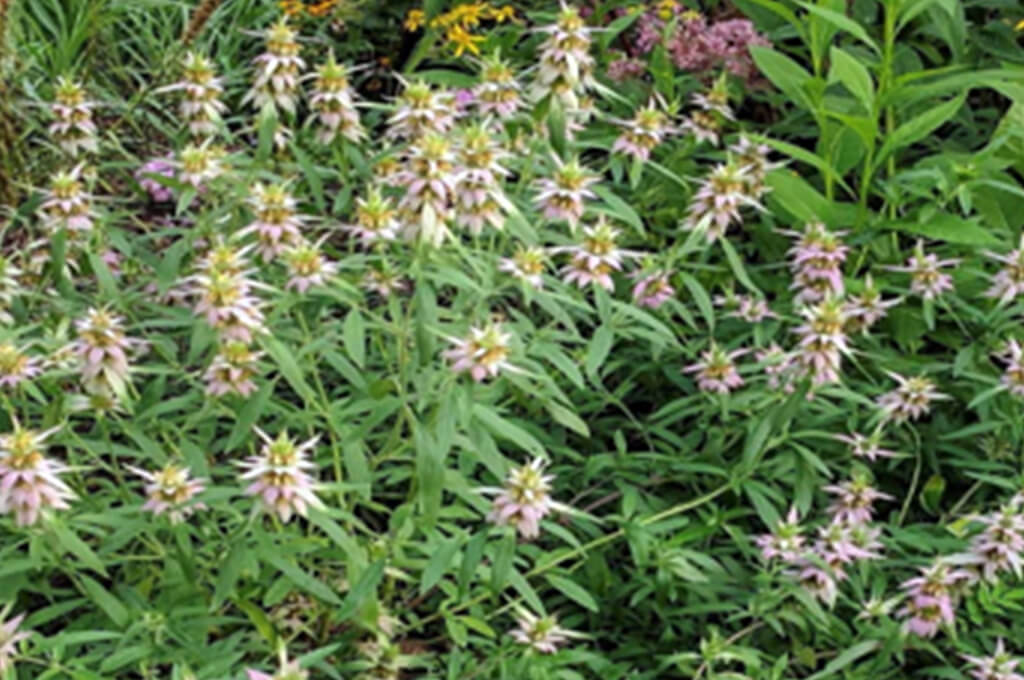
Spotted Beebalm
Monarda punctata
This aromatic plant is host plant to several moths
Native

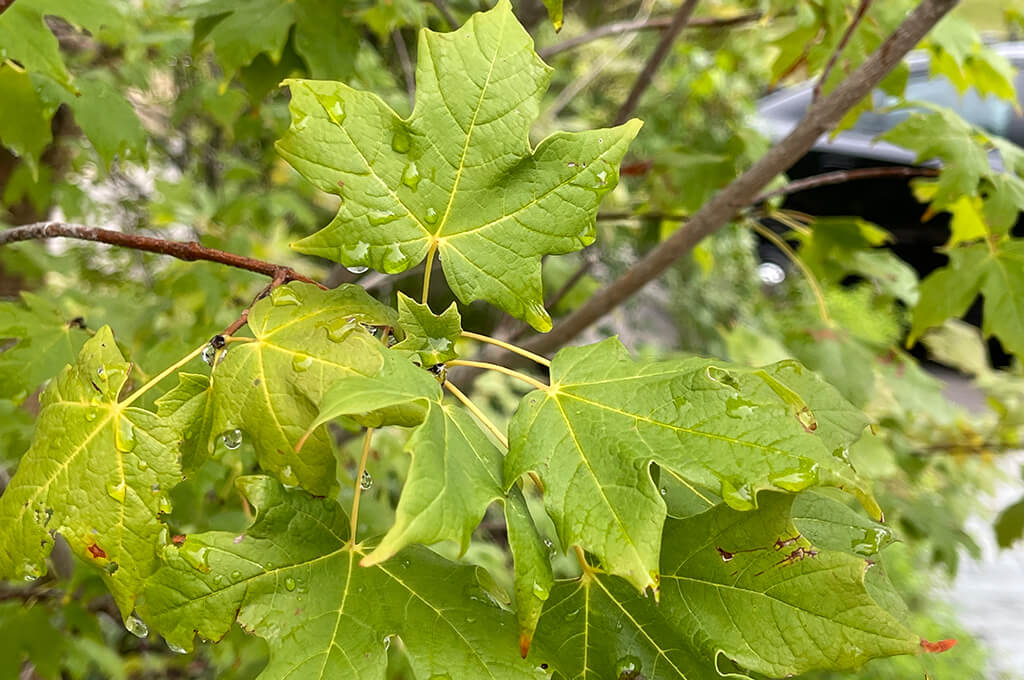
Sugar Maple
Acer saccharum
Well known for maple syrup. The flowers of the maple provide an early food source for bees.
Native

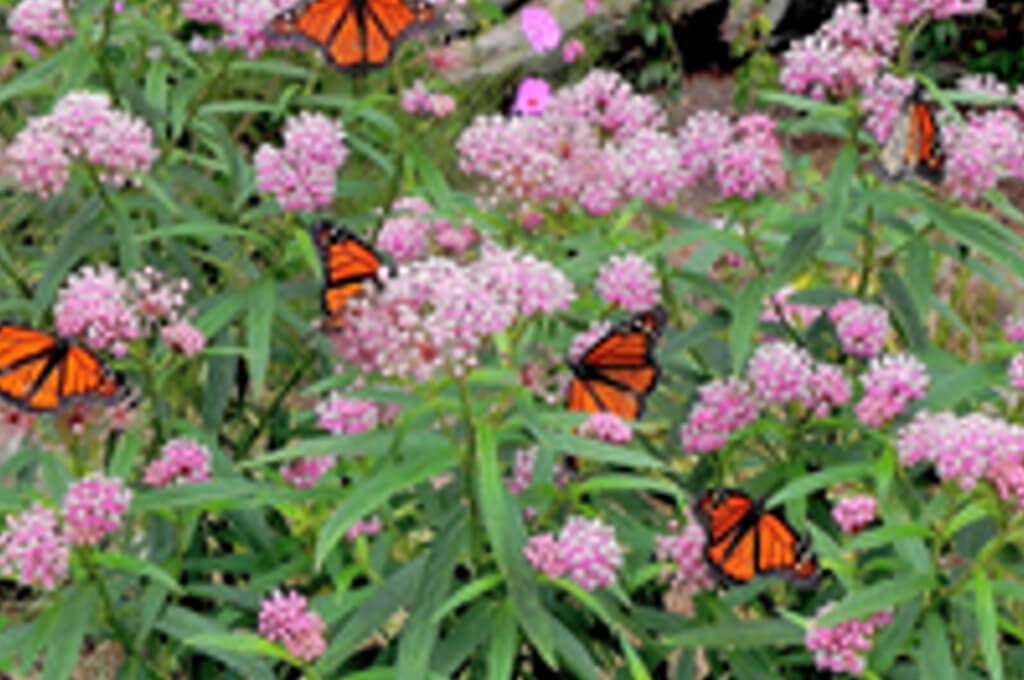
Swamp Milkweed
Asclepias incarnata
Milkweed is an exceptional plant for pollinators, attracting Hawk moths, Swallowtail butterflies, Fritillaries, Monarchs, skippers, bumble bees and numerous other nectar seekers – even an occasional hummingbird. Monarch butterflies lay their eggs exclusively on plants in the Asclepias genus (milkweeds).
Native

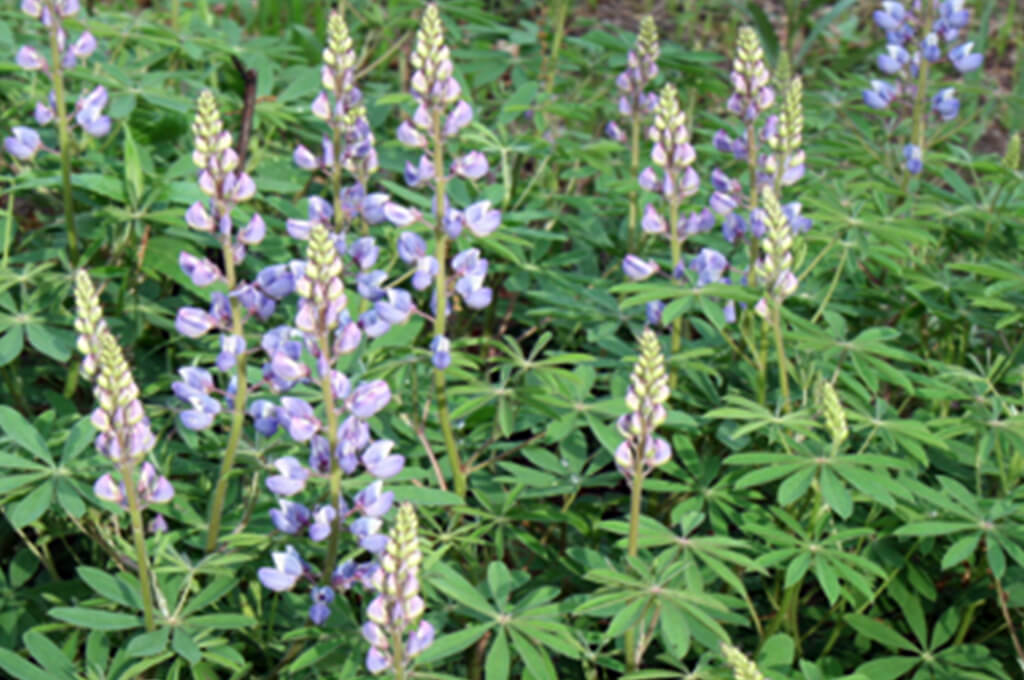
Wild Lupine
Acer saccharum
Wild Lupine is a host plant for the rare Karner Blue butterfly, the Frosted Elfin, and the Eastern Persius Duskywing butterflies.
Native

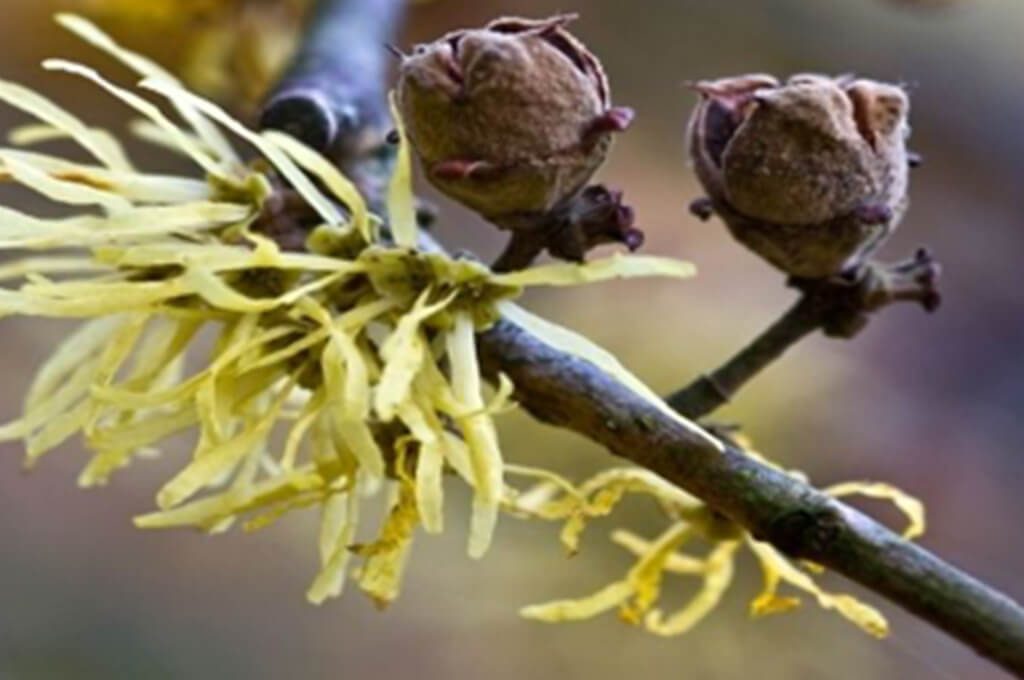
Witch Hazel
Hamamelis virginiana
A host plant for the Spring Azure, witch-hazel also serves as a larval host plant and a nesting site for several bird species and attracts birds, butterflies, bees, and mammals.
Native

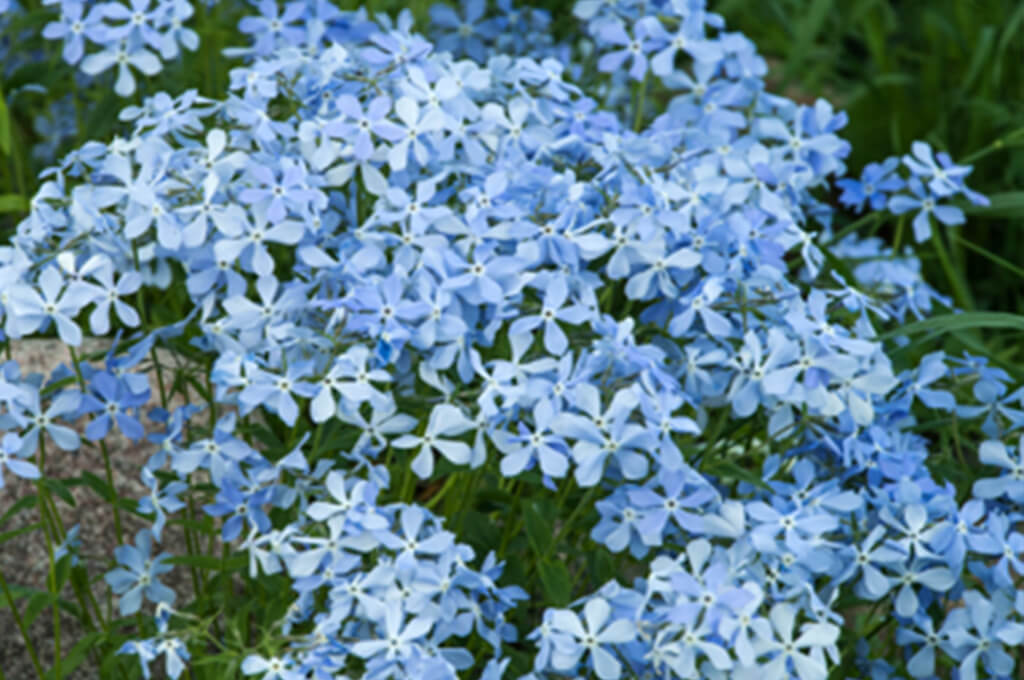
Woodland Phlox
Phlox divaricata
Woodland Phlox attracts butterflies and hummingbirds and acts as a host plant for the Gray Hairstreak Butterfly and the Hummingbird Clearwing.
Native

